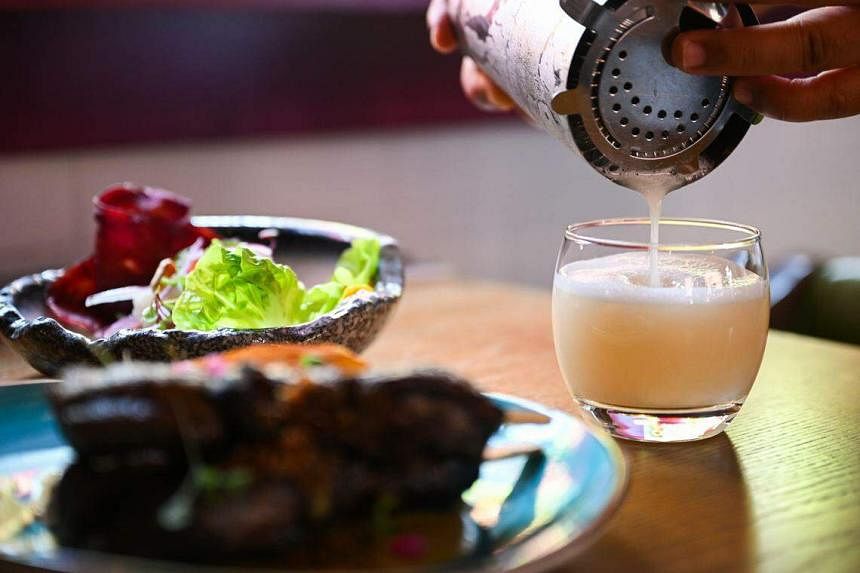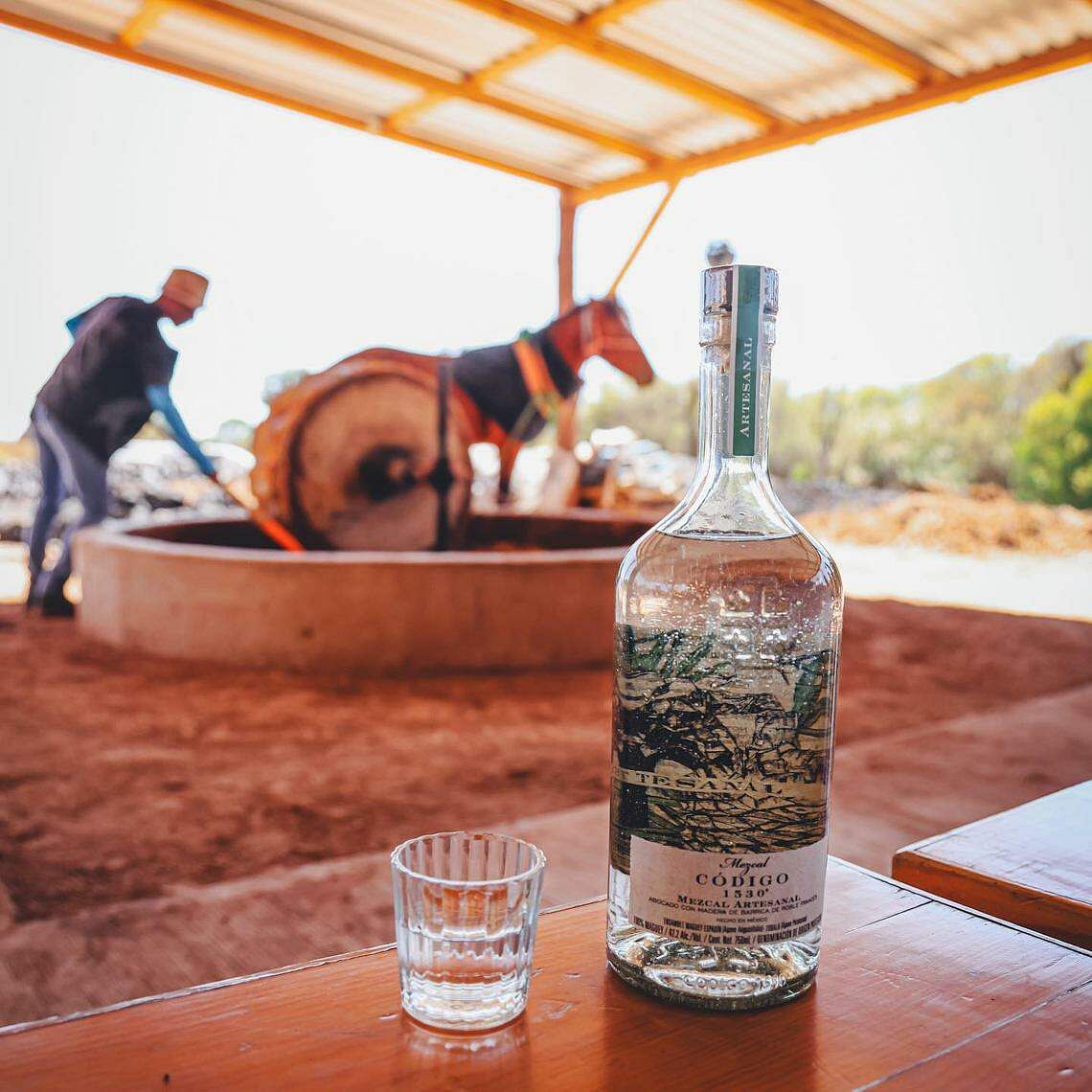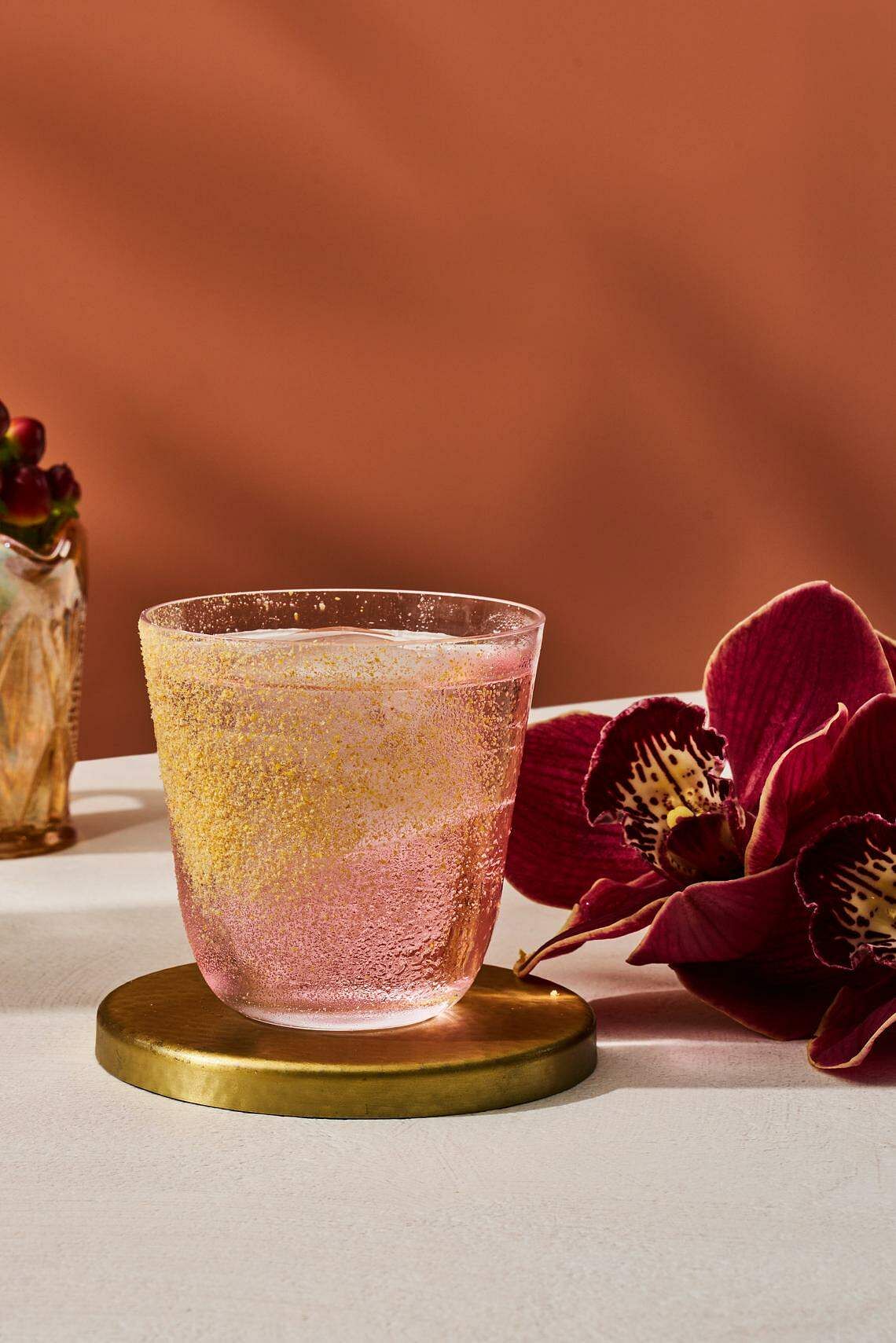SINGAPORE – Many countries have their own distinctive liquor or “national spirit” and some even have more than one.
Scotland is known for its Scotch whisky, for instance, while vodka is so important to Russia and Poland that it means “little water”. Mexico lays claim to tequila, while Japan takes pride in its sake.
But in recent years, Mexico’s mezcal and Japan’s awamori have also gained popularity and now lead a new wave of national spirits that appeal to adventurous drinkers worldwide.
Market research data from Euromonitor suggests that the mezcal and tequila category is set to increase to 53.4 million cases from 2024, up from 50.8 million in 2023.
Also, the Nordic spirit aquavit is becoming so popular in the United States that multiple distilleries have emerged there to make American versions of the distilled liquor.
The rising thirst has hit Singapore too – so much so that cocktail bar Cat Bite Club in Duxton Road has launched two new masterclasses to introduce drinkers to agave and rice spirits.
Agave spirits include Mexican exports such as mezcal and tequila. Rice spirits include shochu, baijiu and soju, which are the national spirits of Japan, China and South Korea respectively.

Mr Jesse Vida, formerly the head bartender of Atlas at Parkview Square and now Cat Bite Club’s operating partner, says: “We feel Singapore drinkers are ready for something new.”
“It’s been such a whisky- and gin-heavy market, and these spirits are something different and exciting for people here,” he adds, referring to agave and rice spirits.
“We also believe they will both continue to grow in popularity in Singapore. There’s certainly more interest in agave spirits here now, especially mezcal.”
During the 45-minute masterclasses, guests learn about the production methods and flavour profiles of agave or rice spirits. They will also enjoy a tasting flight of neat spirits from the respective categories, along with light bites.
The Agave La and Rice Academy classes cost $75++ a person. Groups of two to eight guests can book the classes at catbiteclub.com
Here is a guide to what drinkers need to know about four of the most popular emerging national spirits, from where to acquire them in Singapore to how best to enjoy them.
Awamori

Awamori, which hails from the Okinawa group of islands in Japan, is the country’s oldest distilled liquor, says Mr Heat Ikehara, director of the Okinawa Prefectural Government’s Singapore office.
Awamori produced in Okinawa is granted protected status, akin to the status accorded to champagne and cognac in France.
Mr Ikehara says: “Unlike other Japanese liquor, awamori is made with fragrant long-grain Thai Indica rice that is inoculated with a black koji mould.”
The black koji, he adds, gives the awamori a rich, earthy aroma with hints of sweetness and umami, along with a smooth and pleasantly sweet finish.
Awamori is a distilled spirit, which means it is closer to shochu – a broad family of distilled spirits made from ingredients such as rice, barley or sweet potato – than sake, which is a brewed rice wine.
But unlike shochu’s double fermentation process, awamori undergoes only one fermentation.
“Awamori stands out as the only Japanese alcohol that continues to mature even after bottling, a unique trait among distilled beverages. It gains depth and complexity over time, similar to whisky and fine wine,” he adds.
Traditionally, awamori is consumed at room temperature or slightly chilled – neat, on the rocks or mixed with water.
Mr Ikehara says that the highball style – where it is topped with soda water and ice – is also increasingly popular in Japan. “Mixing with coffee is another popular way of drinking awamori, and we’ve seen an increasing number of bars and stores offering the combination,” he says.
With the resumption of direct flights between Singapore and Okinawa’s capital city Naha, the Okinawa Prefectural Government’s Singapore office decided that the time was ripe to launch two awamori brands in Singapore: Zanpa and Uminokumi. They are part of the protected class of Ryukyu awamori produced exclusively in Okinawa.

Both brands are available at Waku Ghin restaurant at Marina Bay Sands and RPM by D. Bespoke cocktail bar in Duxton Road.
All four liquors are described as sweet, though Zanpa surfaces caramel notes on the palate, with a lingering bittersweet finish. Uminokumi, on the other hand, is reminiscent of the smooth richness of vanilla.
Zanpa awamori is available in two ages – 12 years ($165) and 24 years ($380) – while Uminokumi is available in 10 years ($165) and 24 years ($380). All come in 750ml bottles, with around 41 to 43 per cent alcohol by volume.
Pisco

You have probably heard of pisco in the context of the pisco sour cocktail, but most people may not know much about pisco beyond that. It is a high-proof spirit distilled from fermented grape juice, thought to originate from Peru, located on the north-western coast of the South American continent.
Chef Daniel Chavez, co-founder of Canchita Peruvian Cuisine in Dempsey Hill, says that when he was growing up in Peru, pisco was not quite as ubiquitous.
“My mum’s family comes from the southern Peruvian region of Ica, which is where pisco comes from. I grew up with all my relatives having big bottles of pisco in their houses,” says the 43-year-old, whose wife Tamara Chavez is a chef and his business partner at Canchita.
“At that time, it was not considered a very refined spirit and not necessarily popular in all parts of Peru.”
But in the last few years, Peruvian chef and entrepreneur Gaston Acurio led the charge to promote his native cuisine on the international stage. And, rather than serving pisco by itself, Acurio used the spirit in pisco sour.
“In the past, people would usually drink small glasses of pisco, sipping it slowly while they had long conversations and listened to music,” says Daniel Chavez. “But now I believe the pisco sour is more popular than the spirit itself.”
A pisco sour is traditionally made by shaking up pisco with lime juice, egg white, sugar syrup and ice.
“The sourness of the lime juice and sweetness of the sugar syrup join with the aroma and flavour to produce a balanced, ice-cold drink that is addictive. It is almost like an acidic smoothie with alcohol,” says Chavez.

Canchita’s pisco sour uses foamee, a vegan cocktail foamer, in place of egg white. Several variations are offered, such as a pisco sour macerado that incorporates strawberry puree and balsamic vinegar.
The restaurant also serves a chilcano cocktail that mixes pisco with ginger and citrus.
“If you come to Canchita for the first time, we will always recommend that you have our Ceviche Clasico with a classic pisco sour. The acidic flavours work really well together,” says Chavez.
Ceviche is a traditional Peruvian dish where raw fish or shrimp is cured in lemon or lime juice, and typically seasoned with onion, coriander and chilli.
He also recommends pairing the pisco sour with Canchita’s Peruvian skewers, called Anticuchos.
If you want to enjoy pisco as the Peruvians traditionally do, you can pour a bit in a glass and sip it neat.

This writer tried Chavez’s preferred brand – Demonio De Los Andes Pisco Quebranta – and found it to be smooth and rich, almost like a crisp wine, albeit with the heft of a distilled spirit. Not surprising, given that pisco is essentially a type of unaged brandy.
Demonio De Los Andes Pisco Quebranta, which means “Demon of the Andes”, is available in 700ml bottles ($79.90) from local online liquor retailer Destination Beverage (destinationbeverage.com).
Pisco is also produced in Chile. Brands include Pisco Waqar ($95), which is distilled from white wine made in the Tulahuen valley at the foot of the Andes mountains. It is available in 700ml bottles from La Maison Du Whisky (whisky.sg).
Mezcal

Both mezcal and tequila – spirits distilled from the pineapple-like agave plant – are having a moment in popular drinking culture.
Coa in Hong Kong – which was crowned Asia’s best bar in 2021, 2022 and 2023 – is dedicated to agave spirits.
Only certain states in Mexico are allowed to make mezcal or tequila, such as the southern state of Oaxaca for mezcal and the western state of Jalisco for tequila.
Mr Chris Marshall, brand ambassador for Codigo 1530 – which specialises in tequila, but also sells mezcal – highlights that the production of both of these spirits is regulated by Mexican law.
Moreover, tequila must be distilled from Blue Weber agave, while mezcal can be made from some three dozen varieties of agave.
“One of the lesser-known facts about mezcal is that there are three varieties. The most common – taking up around 80 per cent of market share by some estimates – is produced using highly industrialised processes using large-scale machinery,” he says.
“Then we have artisanal mezcal and ancestral mezcal, both of which are produced on a smaller scale using more traditional methods.”
In the production of artisanal mezcal, the agave plant is cooked in earthen pits or clay ovens, while agave for ancestral mezcal can be cooked only in the earthen pits.

It is during this cooking process that mezcal develops its signature smoky flavour, which makes it an interesting ingredient in variations of classic cocktails such as the negroni.
“The mezcal is able to hold its own against the other key ingredient of Campari, which people sometimes find to have a domineering bitter flavour,” says Mr Marshall.
But, he adds, artisanal and ancestral mezcal are best enjoyed neat and at room temperature.
“In Mexico, good mezcal – and also good tequila – are sipped and savoured slowly,” says Mr Marshall, adding that both beverages are important components of Mexico’s social drinking scene.
In addition to its range of premium craft tequila, Codigo 1530 also produces artisanal ($148 for 750ml) and ancestral mezcal ($378 for 750ml). Both are sold by major online retailers such as La Maison Du Whisky and Paneco (paneco.com.sg).
Mr Marshall also recommends visiting bars such as Cat Bite Club, which has a good selection of mezcal and other spirits, and where the experienced bar team is happy to guide guests.
Aquavit

Aquavit, sometimes spelled as akvavit, was born in the Nordics and is the national spirit of Denmark, Norway and Sweden. A distilled spirit made from grain or potatoes, and flavoured with herbs and spices such as dill and caraway, its name means “water of life” in Latin.
It was first documented in the 15th century when a Danish lord sent it to a Norwegian bishop, describing it as a kind of water and “a help for all sort of illnesses which a man can have both internally and externally”.
Generally, aquavit is either clear or lightly golden-hued. It is not typically aged, though some producers might finish it in oak or sherry casks for a few months.
Veteran bartender and restaurant owner Knut Randhem was born and raised in Sweden, and spent much of his childhood in Denmark. He says: “Aquavit is similar to gin, but with two major differences. Its dominant flavours are dill and caraway seeds, in contrast to the juniper in gin, and it was made to be drunk neat.”
Mr Randhem, who previously worked at Ce La Vi at Marina Bay Sands and now operates Swedish restaurant Ta Community in Serangoon Road, describes the flavour of aquavit as being “herbaceous and spicy, but depending on the aquavit you’re drinking, it can also be smooth”.

He points out that aquavit is an important part of the social fabric in the Scandinavian countries that claim it and is often consumed in large quantities during celebrations such as Christmas, Easter and Midsummer.
Though it is generally consumed neat, either chilled or at room temperature, it is a very versatile spirit that can be served in many ways, and not only as a shot together with pickled fish, says Mr Randhem.
Tonic water, for instance, is a natural partner, for a twist on the classic gin and tonic. The liquorice-like flavour of caraway also works well in a Scandinavian Mule, a version of the Moscow Mule that uses aquavit in place of vodka, together with ginger beer and lime juice.
Visit One-Ninety Bar at the Four Seasons Hotel Singapore to try its vegetal-forward Kitchen Garden cocktail ($26++), which uses Nuet Dry Aquavit and features notes of tomato, mushroom, celery and citrus.

For food pairings, Mr Randhem recommends fatty foods, particularly fatty seafood such as salmon. Or, for something more unexpected, he suggests white chocolate with unaged aquavit. “The caraway flavour goes really well with sweeter chocolate notes,” he says.
If you want to buy your own bottle of aquavit to try at home, Mr Randhem says: “Think about what you are looking for in other spirits. I normally recommend a clear unaged aquavit for someone who prefers gin and an aged aquavit for someone who enjoys whisky.
“But if you’d like something softer and less harsh, go for one that is more fruit-forward than herbaceous.”
Local online retailers selling aquavit include Donzere Artisan Wines Singapore (donzerewine.com), which offers Norwegian aquavit brands such Linie ($88 for 1 litre) and Aalborg ($84 for 1 litre). Century Wines also sells Nuet Dry Aquavit ($97 for 700ml).


